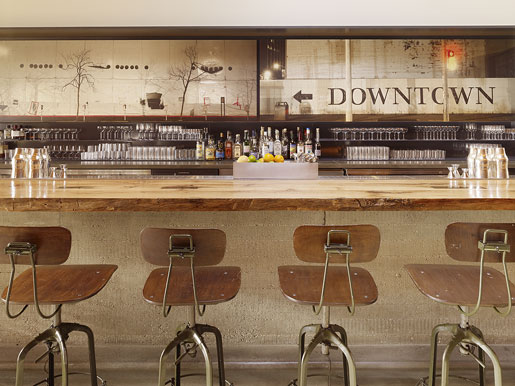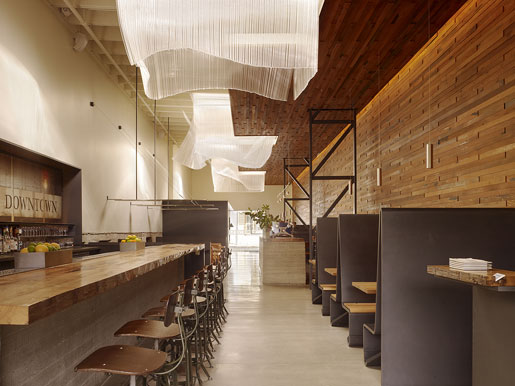
At San Francisco’s Bar Agricole, ingredients are only used at peak condition and spirit producers are closely vetted. Even the bitters in the bar’s version of an Old Fashioned had to earn the team’s stamp of intensely discerning approval. We talked with Eric Johnson, bar manager and co-owner of this Outstanding Bar Program nominee, about his new spinoff, favorite watering holes, and more.
--
JBF: How would you sum up Bar Agricole's approach to making drinks to someone who has never had one there?
EJ: We are an ingredient-driven bar that uses traditional recipes as our inspiration. We look for spirits that have a sense of place and tradition in how they are made, without added flavors or colors to make them more appealing to the heavily commercial spirits market. A family-run distillery that grows its own grapes, distills by hand, and doesn’t add any coloring or flavoring before bottling is our ideal. An example would be our house Cognac from Dudognon. We look at every part of how an ingredient is made and only use the ones we believe in.
JBF: Can you point to a drink on the current menu that really captures the Bar Agricole philosophy?
EJ: The House Old Fashioned is, in cocktail terms, a nearly ancient and oft-overlooked drink. The Cognac is from a single cask, which is in contrast to the large-scale blending that Cognac is known for. The maraschino liqueur is made through a collaboration with Todd Leopold, a gifted American distiller. The bitters we use are made with a high-proof grape spirit grown and distilled in California. The ice cube is carved by hand from a 300-pound block we freeze ourselves. There’s an obscene amount of principled choices that go into a really understated menu description.

JBF: You just opened a new bar called Trou Normand. What’s the beverage program like there? What’s the story behind the name?
EJ: Trou Normand has similar principles to sourcing spirits and drink inspiration, but with more of a brandy slant to the menu, showing off Armagnac, Calvados, and Cognac. A trou normand is a traditional palate cleanser in Normandy, where Calvados comes from. A small portion of Calvados is served between courses to cleanse the palate, celebrate the meal and company, and whet the appetite for what’s yet to come. It was a small but incredibly warm gesture we experienced the first time we went to France to directly source our own brandies. To us, that was a more real name than anything we had come up with for a bar.
JBF: What are some of your favorite bars in San Francisco, or even in other cities?
EJ: La Capilla in Tequila, Mexico is tiny, old, and rich, and I would happily spend an afternoon drinking Batangas just to watch what happens in the room. Chez Simone is a bar in the south of France with all the character anyone would expect from that country, as well as a giant shelf full of vintage Armagnac magnums! Both leave an indelible impression when you visit.
JBF: What was the first drink you truly mastered in your early years as a bartender?
EJ: I've mastered none. They are all imperfect and fleeting in some way, but I'd love to serve you my version of a 'Ti Punch!
Anna Mowry is senior editor at the James Beard Foundation. Find her on Twitter and Instagram.



-57 web.jpg)


